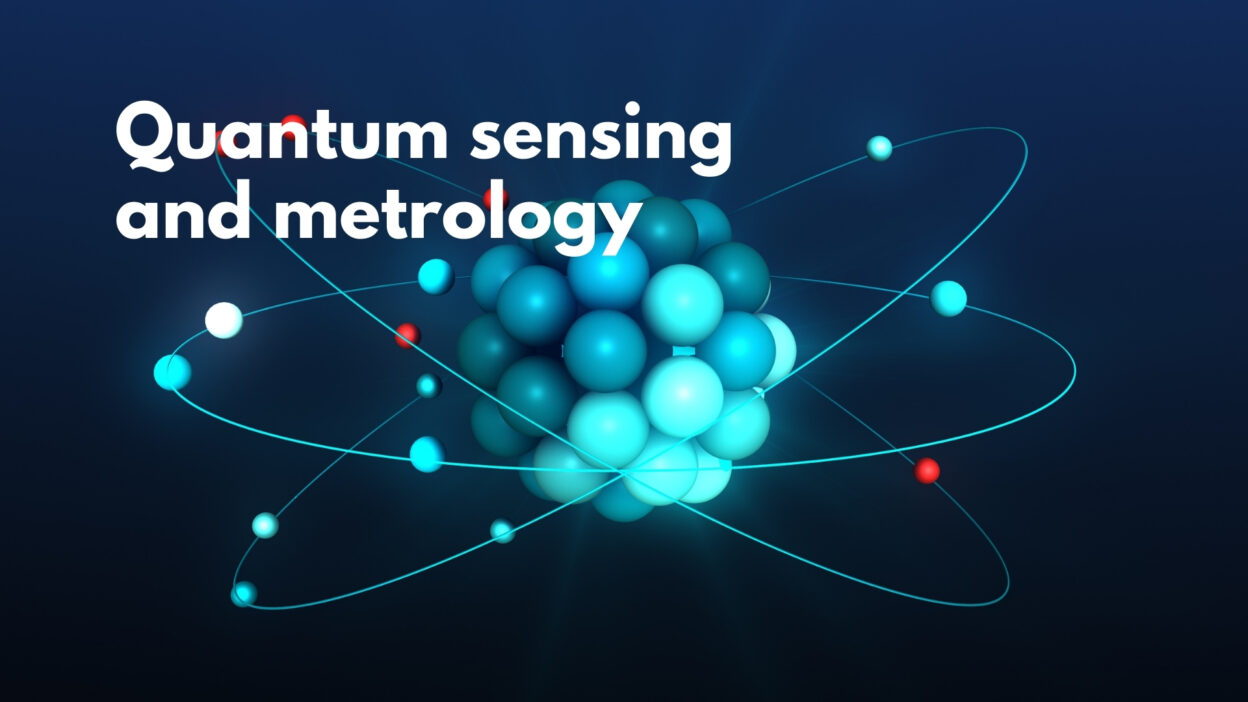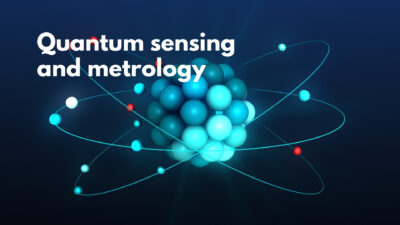Researchers at NIST have developed a more cost-effective method for quantum key distribution (QKD), a technique used in quantum cryptography to securely transmit data. This new approach reduces the number of expensive photon detectors needed, which are the main cost driver in QKD systems. By using an optical component to shift the timing of diagonally polarized photons, the system can use just one detector instead of four for the BB84 protocol, cutting costs while still maintaining high transmission speeds suitable for real-time applications like video encryption.
This innovation addresses practical security issues caused by detector flaws, such as “dead time,” which can lead to predictable patterns in the keys. The new design improves system reliability and security in real-world conditions. While the method slightly reduces transmission rates, it still supports broadband speeds, making it a promising advancement for widespread use of quantum cryptography. The research was published in 2008 and has since influenced ongoing developments in QKD technology.
Source: https://www.nist.gov/itl/cost-effective-qkd-system-developed-nist
Keywords: quantum key distribution, polarization encoding, detection-time-bin-shift



